
The pyramid
You’ll need
- A4 paper
- Scissors
- Sticky tack
- Pens or pencils
- Paper cups or some stackable wooden blocks
Before you begin
- The person leading the activity should make labels for each member of the group. Use scissors to cut paper into squares, put a blob of sticky tack on the back and make sure that there’s enough pens for everyone to write their name on their label.
- The person leading the activity should take five pieces of paper and write one of the following statements on each piece:
- Ambitions, the desire to be the most that you can be, creativity, dreams and hopes
- Esteem and feeling that you are important to the world, respect for others, status, recognition, strength, freedom, independence
- Love and belonging, friendship, intimacy, family, sense of connection, belonging
- Safety, personal security, employment, money, health, property
- Basic needs – air, water, food, shelter, sleep, clothing, survival
Run the activity
- The person leading the activity should split everyone into three or four large groups. They should give out the cups or blocks with the labels, a copy of the ‘Ending homelessness key information’ sheet and a pen to each person. Everyone should write their name on their label and fix it to their cup or block.
- Each group should make a pyramid-shaped tower with their cups or blocks. With cups, turn them upside-down before stacking.
- Now, everyone should look at their Ending homelessness key information sheet. Each person in each group should pick one of the following scenarios, which should be read out several times by the person leading the activity.
You haven’t had time to do your favourite activities lately.
You have issues with self-esteem after not doing as well as you wanted in a test at school.
You’ve moved away from your friends and you feel lonely.
You’ve had problems with your health and feel poorly. - Make sure everyone has picked a scenario: A, B, C or D. Then, the person leading the activity should read out one of the scenarios at random. Everyone who picked that scenario should remove their cup or block from the pyramid.
- The person leading the activity should explain to the group that the pyramids falling over show how it feels when bad things happen. When we aren’t happy, it can feel like our world is collapsing, like the tower of blocks or cups.
- Everyone should now rearrange themselves into five groups. The person leading the activity should give out the five statements they prepared earlier. Each group should prepare a presentation on why their statement is important. Give everyone 15 minutes to do this.
- Everyone should perform what they’ve prepared. Take a vote on which of the five statements is the most important. The person leading the activity should explain that all five are essential to live a healthy and fulfilling life, meaning everyone is right!

This activity helps contribute towards some of the UN's Sustainable Development Goals. Find out more about the SDGs, and how Scouts across the world are getting involved.
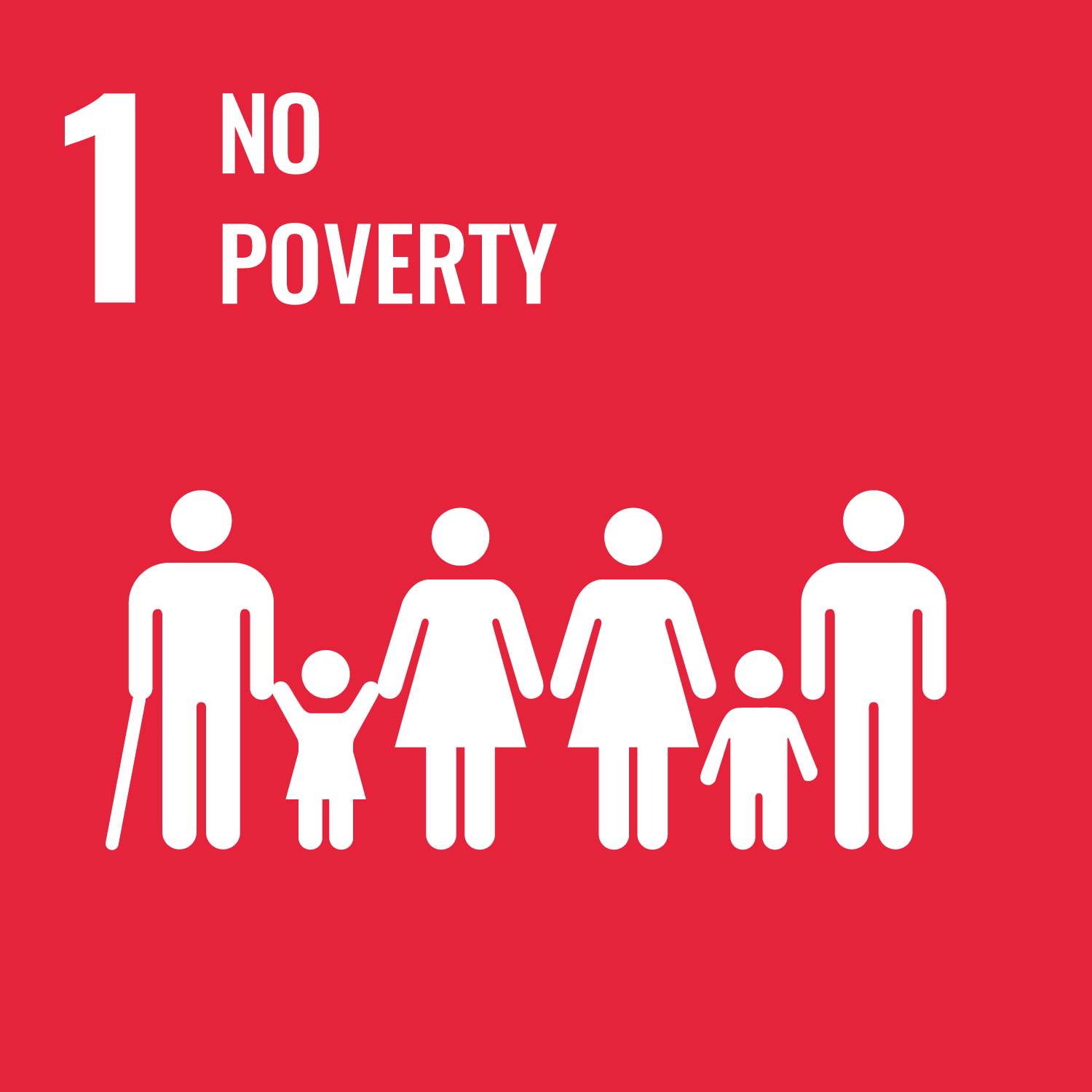
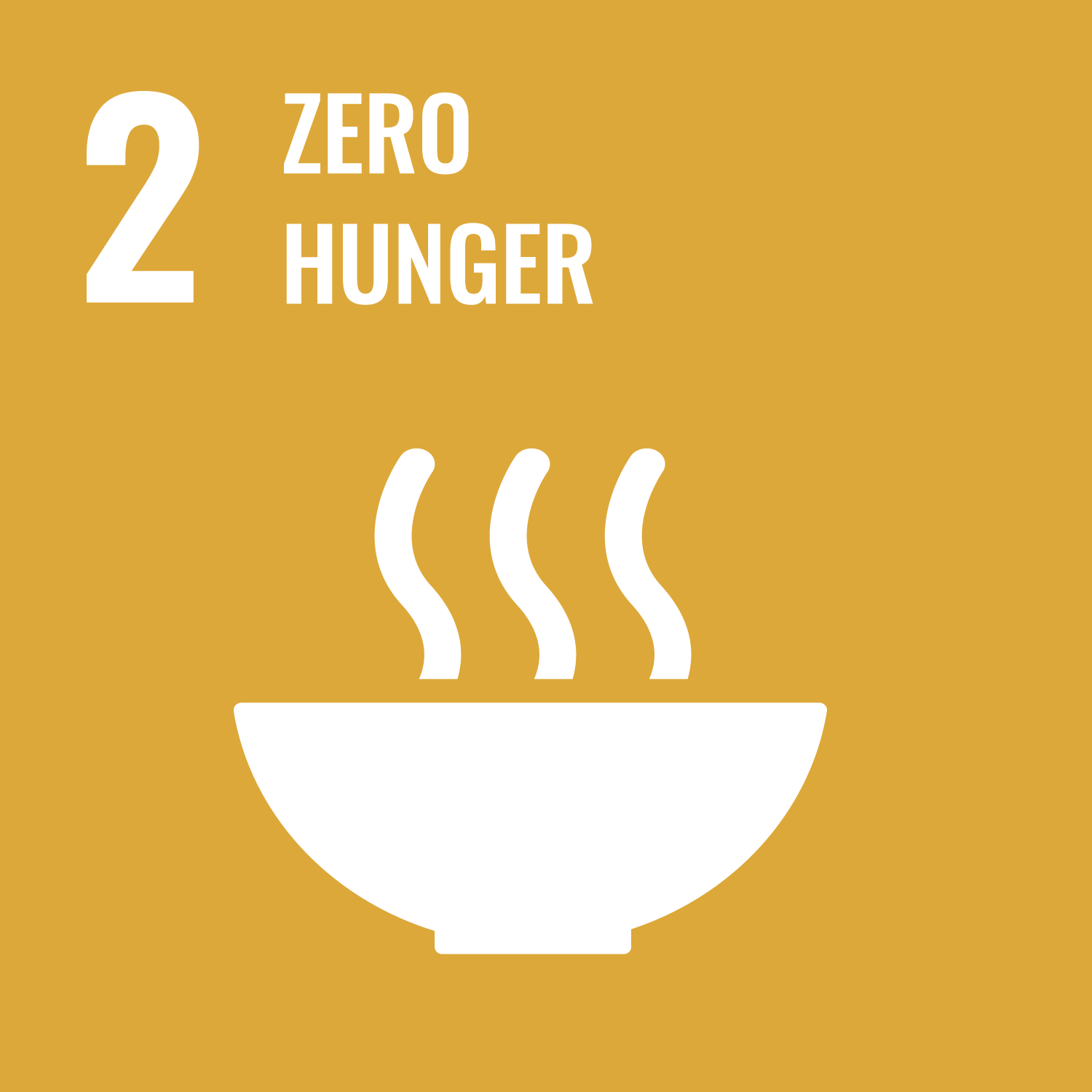
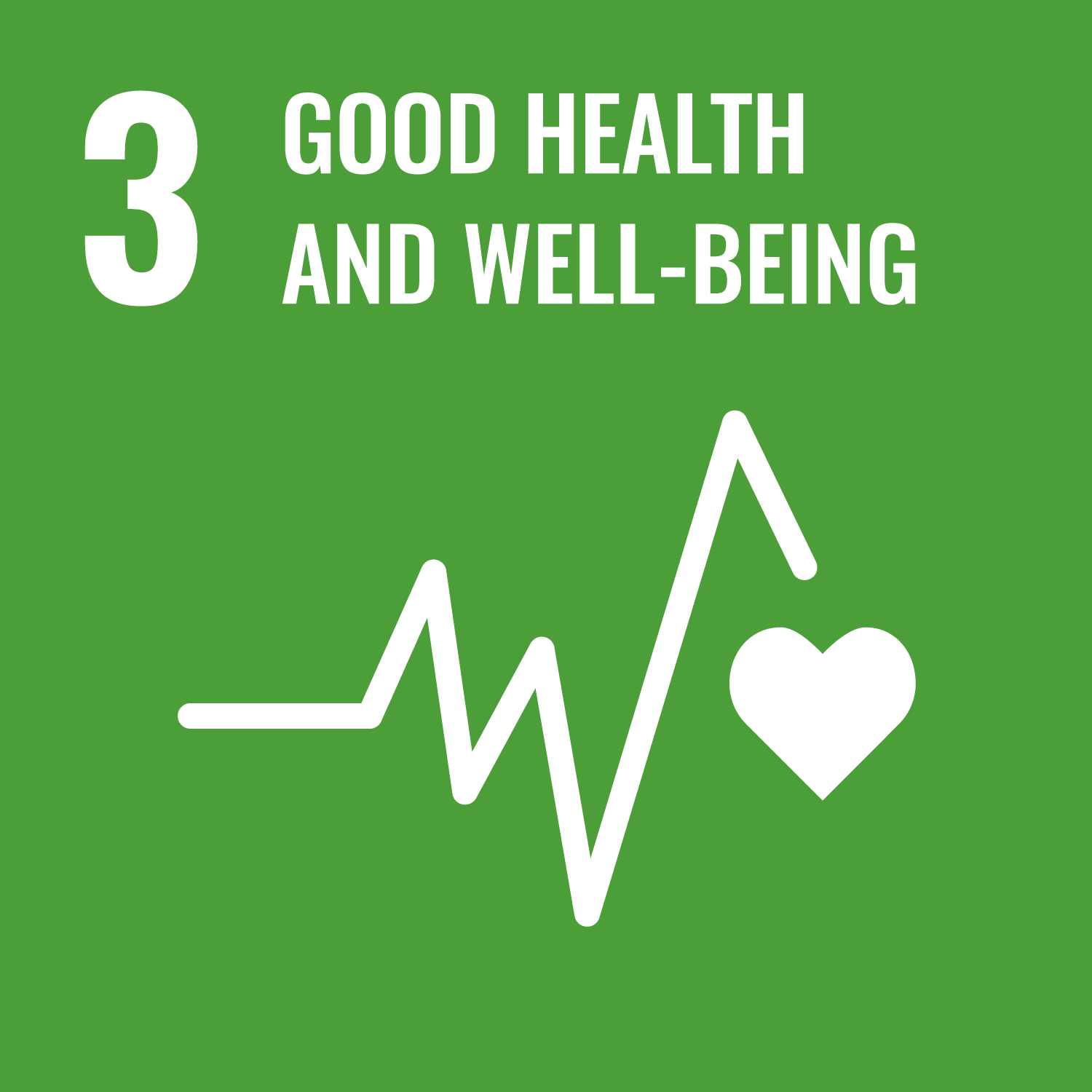
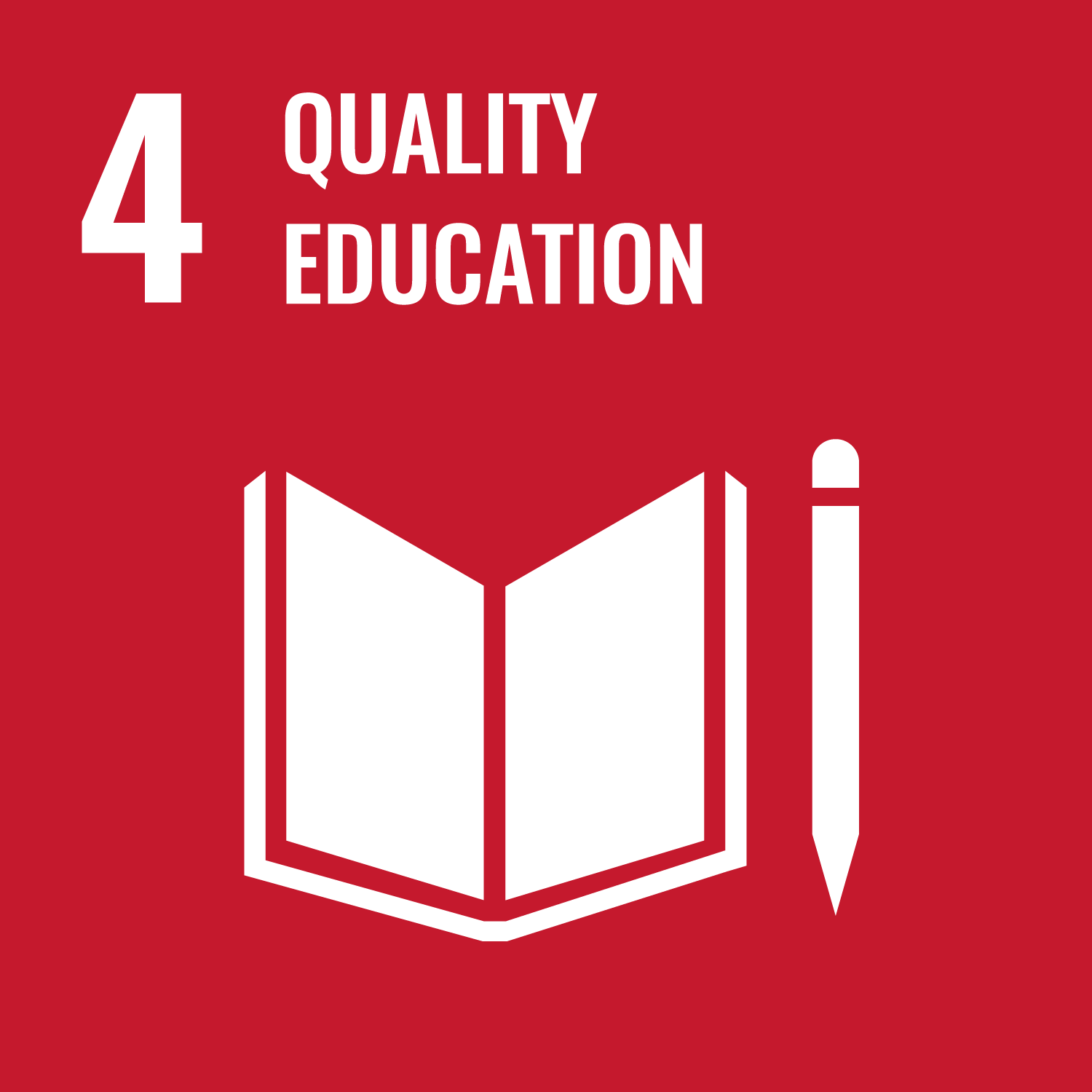
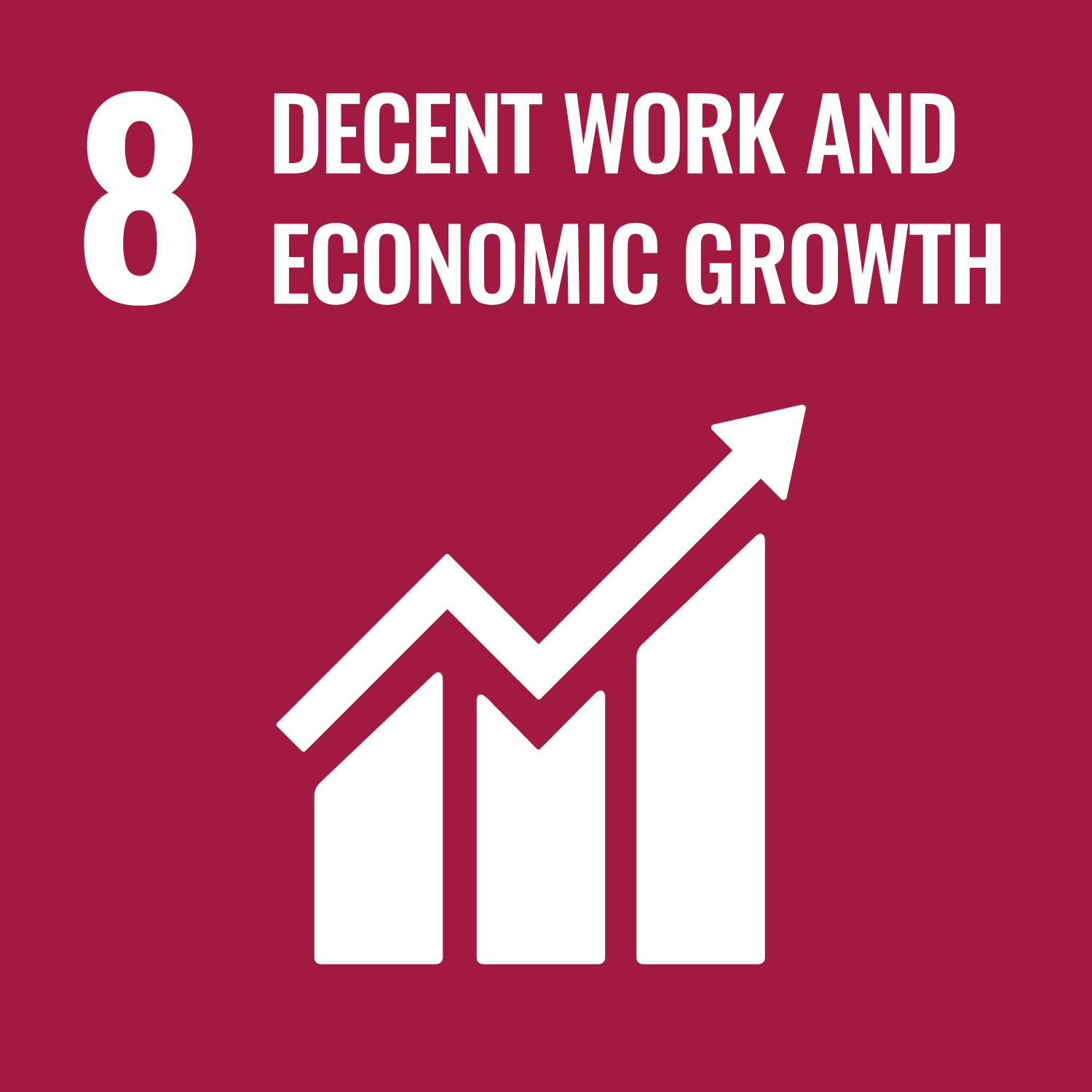


Reflection
The group has made pyramids that represent our lives and saw how they can be affected if something bad happens. Why is it so important to have other people around you who care when things go wrong? What could you do to prepare for the four scenarios in the activity? What could you do to help someone before, during and after they run into problems?
Showing that you care can be as simple as asking someone if they are okay, or touching them on the shoulder. This is reassuring and reminds the person struggling that there is someone else there for them. How do you think it would feel to have no-one there? How could that affect the situation and the person’s mental wellbeing?
Safety
All activities must be safely managed. You must complete a thorough risk assessment and take appropriate steps to reduce risk. Use the safety checklist to help you plan and risk assess your activity. Always get approval for the activity, and have suitable supervision and an InTouch process.
- Scissors
Supervise young people appropriately when they’re using scissors. Store all sharp objects securely, out of the reach of young people.
- Glue and solvents
Always supervise young people appropriately when they’re using glue and solvent products. Make sure there’s plenty of ventilation. Be aware of any medical conditions that could be affected by glue or solvent use and make adjustments as needed.
Groups that want to make longer dramatic performances based on their statements can, if there’s time.
Help anyone who is struggling to build the pyramid.
Some people may be uncomfortable performing a routine in front of the group. Make sure that everyone takes part. Those who are uncomfortable acting could narrate, do drawings or even direct the performance.
All Scout activities should be inclusive and accessible.
Ask the young people to investigate Maslow’s hierarchy of needs and feed back what they discovered in the next session.
Let the groups show their own interpretations of the statements in their performances.
